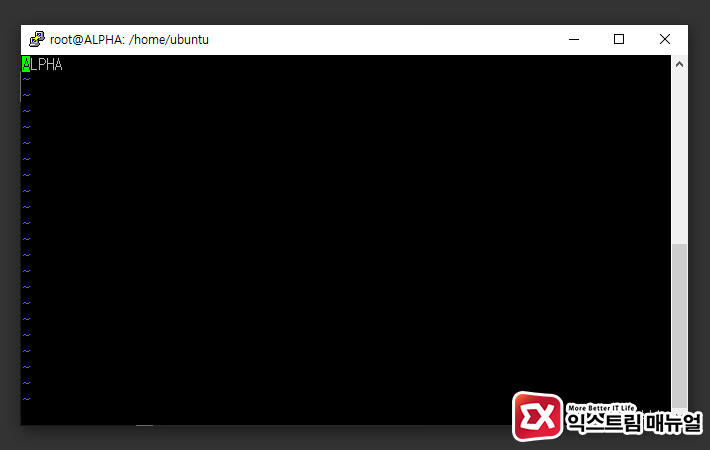Sudo apt get update and upgrade, sudo apt get update, sudo apt get update, sudo apt get update, sudo apt get update install, sudo apt get update, sudo apt get clean,
Oh boy, do I have some great news for you, my fellow tech-savvy friends! Today, I stumbled upon something that will blow your mind – the easiest way to update your Raspberry Pi! No, it doesn't involve any complicated algorithms or AI, just good old-fashioned software updates.
Now, I know what you're thinking - "Ugh, updating my Raspberry Pi is such a drag, why bother?" Well, my friends, let me tell you why. Keeping your Raspberry Pi updated ensures that you've got the latest features and bug fixes, which means better performance and stability for all your projects. Plus, it's always fun to tinker around with the latest and greatest, right?
So, how do you do it? It's as easy as, well, pi. First, open up your terminal and type in the command "sudo apt update". This will update your package list, which basically means it'll check for any new software updates available. Easy peasy, right?
Next, to get all those juicy updates installed, type in "sudo apt upgrade". This command will upgrade all your installed packages to their latest versions. And just like that, you're done! Told you it was easy.
But wait, there's more! If you're feeling adventurous, you can also use the command "sudo apt dist-upgrade" for a distribution upgrade. This'll upgrade your Raspberry Pi to the latest version of the operating system. Sweet!
And just like that, my friends, you're a Raspberry Pi updating pro. No need to stress or overthink it - just follow these simple steps and you'll be good to go. So, go ahead and give it a try! Trust me, your Raspberry Pi will thank you for it.
Sudo apt get update resource temporarily unavailable
If you are searching about What does sudo aptget update command do on ubuntu/debian? nixcraft, you've visit to the right web. We have pics like Apt command linux bash shell scripting tutorial wiki, how to update linux kernel in ubuntu phoenixnap, sudo aptget update. Read more:
What does sudo aptget update command do on ubuntu/debian? nixcraft, sudo aptget update command not performing all the task in ubuntu 16.04
After doing a sudo aptget install , where does the application get. Apt sudo update command ubuntu does linux debian upgrade. How to install adb and fastboot on linux computer? – tech know gyaan. What does sudo aptget update command do on ubuntu/debian? nixcraft. Sudo aptget update expert network consultant. How to install pptp vpn manager on ubuntu 14.04 and 16.04 via terminal. Sudo apt aptitude update terminal working does using work via other trying package program management there

